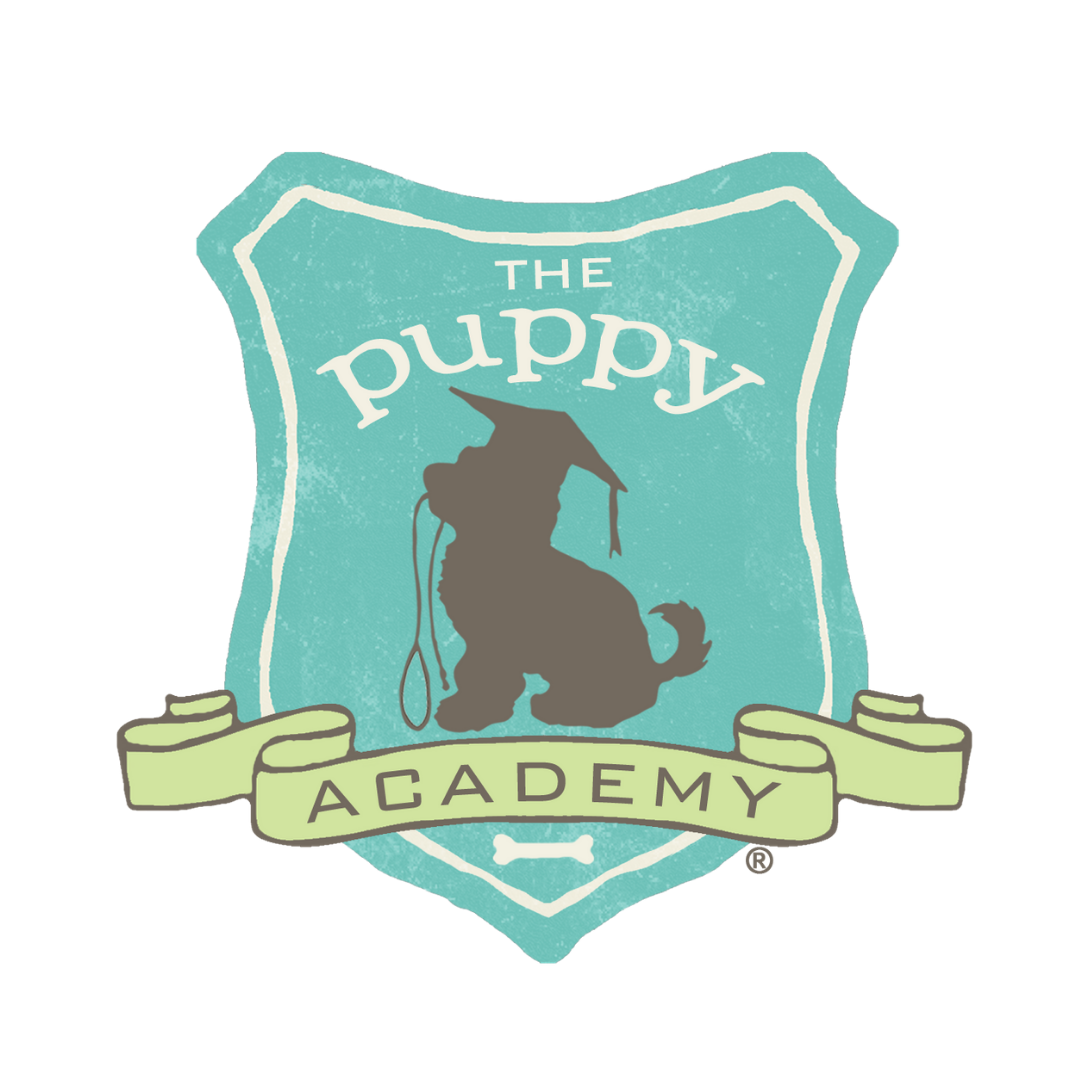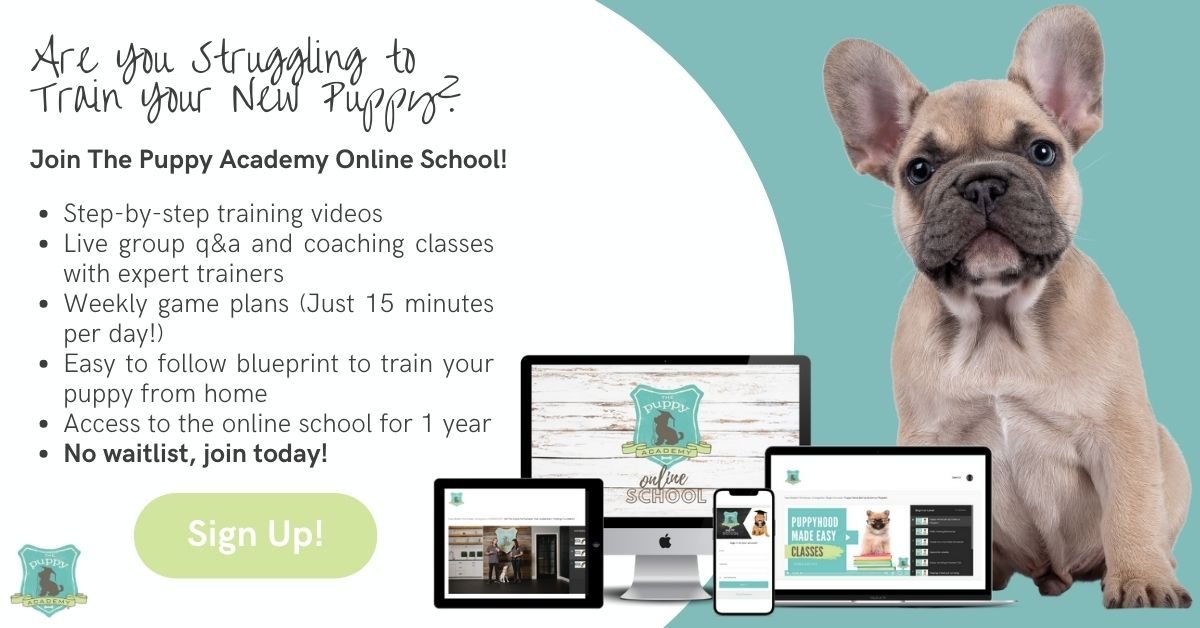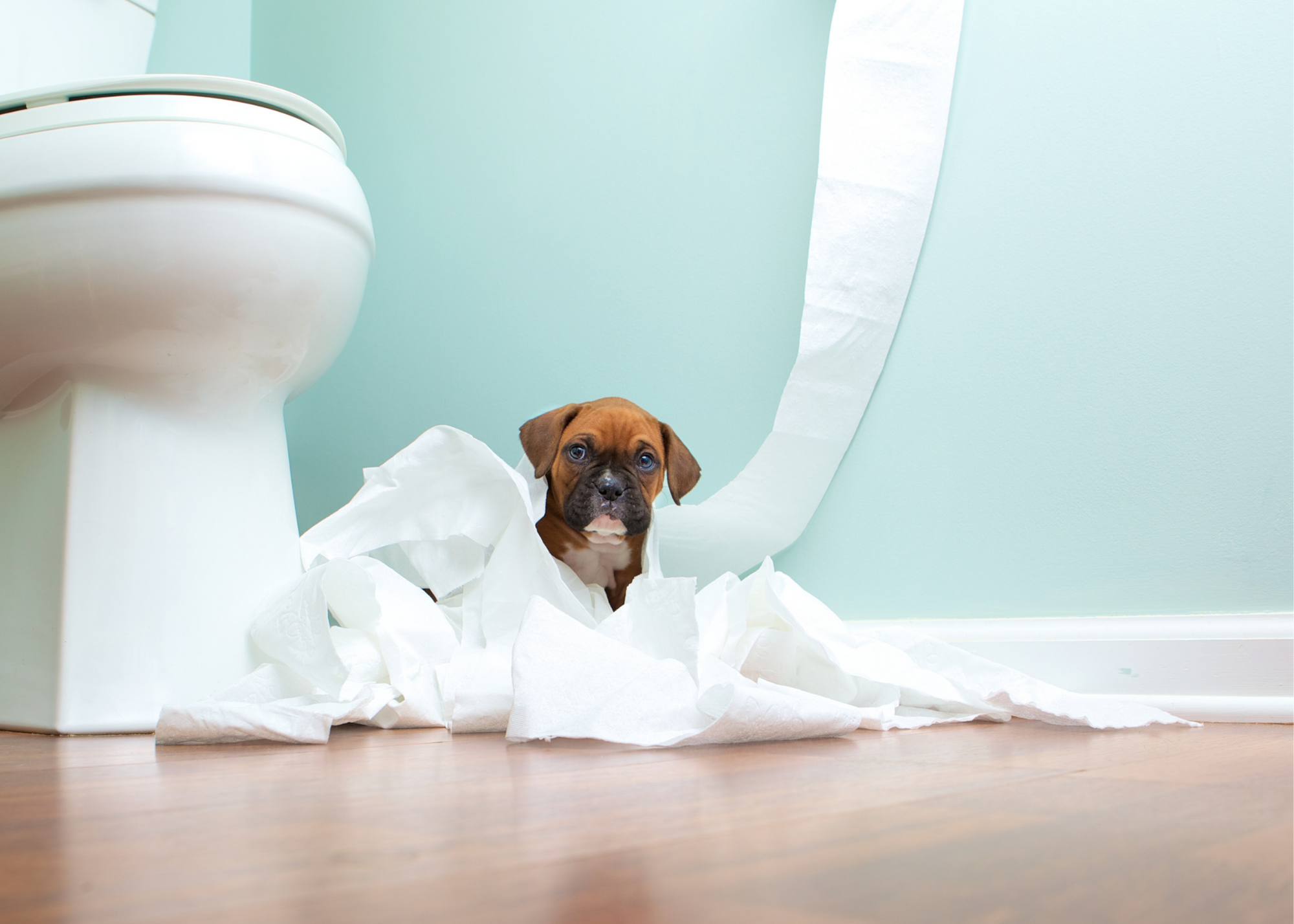Puppy nipping is frustrating and painful and can lead to destructive behaviors! If you have a puppy that is entering this stage of development, here’s what you need to do to nip nipping in the bud!
Nipping is one of those frustrating puppy behaviors all new puppy owners face. But as difficult and sometimes painful as this can be, it’s all part of a very natural growing process puppies go through. Puppies learn about the world around them and to test their boundaries using their mouths.
During play, littermates will nibble on each other, testing the strength of their jaws and what’s okay and what’s not okay. Oftentimes, their siblings will yelp if the nip is too strong, letting the puppy know that they have to be gentle while playing.
When you bring home a new puppy, it’ll be up to you to teach your puppy what’s okay and what’s not with proper puppy training techniques and tactics to use at home.
The “Ouch!” Technique
We’ll preface that while this technique can definitely be effective for certain puppies, it can also sometimes rile other excitable puppies up and cause them to nip more. In no way does that mean there’s anything wrong with your puppy, rather try refocusing on using a different method. We’ll cover different ways to stop nipping that you can try and see which works for your puppy later on in this blog!
Littermates will often nip and nibble at each other while playing to test their boundaries. A yelp noise will tell the nipping puppy to “cut it out”. Essentially, you are mimicking this natural puppy behavior by introducing a loud and abrupt “ouch!” when your puppy nips your hands. Don’t continue to play with them, instead stop moving your hands and when your puppy releases, pause for a short period of time (10-15 seconds) then continue playing.
Another tip: Don’t pull your hand away if your puppy is still nipping, which is a natural instinct! This can actually amp them up and encourage them to chase after your hand even more. Repeat this “ouch” technique until your puppy understands that gentle play is acceptable and rough play is not, and opt for a toy to play with your pup instead of your hands.
Remember, consistency is key in the beginning, as it will take time for your puppy to understand this concept. Repeat this training technique when you engage your puppy in playtime but make sure to give your puppy regular breaks. Eventually, your hard work will pay off!
Provide a Play Environment that Includes Chew Toys
Another effective way to stop your puppy from nipping is to remove that option from the very beginning! Do this by introducing chew toys when you first start playing with your puppy.
Using a playpen is a good way to help stimulate your puppy to play with chew toys instead of hands and feet! In this smaller confined area with fewer distractions, you can give your puppy 1 to 3 different chew options to play with to see which one they gravitate towards more, then rotate them every so often.
Puppies, like small children, can become too over-stimulated if they have too many toys out in front of them. Your puppy will get bored with their toys after a while if they always have access to all of them at once, so rotating them is important to keep them engaged and interested!
It’s definitely possible that your puppy may still find your hands interesting and want to come after you! In this case, you’ll want to first try to draw their attention back to one of their chew toys. If your puppy really is not interested in the toy and continues to come after your hands, it may be a good time to give them a little break in either a playpen or crate.
Sometimes a little nap is all a small puppy needs! (Side note: Puppies need up to 20 hours of sleep a day -- that’s a lot of naps! -- so when they start to get increasingly nippy, they’re probably overtired and need rest. This is similar to an over-exhausted child who’s acting out and needs a little encouragement to take a nap.) In the next play session, make sure to start engaging them with their chew toys so they associate play with toys, and not your hands!
No-Contact Games
No-contact games like tug also avoid using your hands as a chew toy but sometimes it can intensify their play even more. (Side note: When playing a tug game with your puppy, it’s imperative to be mindful of the amount of force you’re using behind the tug. Puppies’ jaws can become dislocated if there’s too much force.)
We like to start introducing the “Drop-It” command to get them to stop and settle down. When the tugging persists don’t pull back, instead, stop the activity until your puppy gets bored and releases. You can encourage them to “Drop-It” by holding up a treat they love in front of their nose and rewarding them when they let go of the toy. This will help instill the command and the good behavior you want.
Pro-tip: Opt for a longer toy where you can have a hand on either side of it, giving your puppy plenty of space to grab in the middle, while keeping your hands nibble-free!
How to Manage Ankle Biting Puppies
Imagine this: you’re pleasantly walking into the kitchen to grab a cup of coffee when out of nowhere, a tiny little shark jumps out at you and latches onto your ankle! Not a fun way to start your morning but for new puppy owners, it’s a reality.
In this situation, the default reaction is to try to jump away or yell “no!” but a new puppy that still doesn’t understand commands, isn’t going to stop. Your ankles are just too much fun because they’re moving and look like a game or prey to catch! We recommend to all our puppy owners to walk around with food treats that their puppies love in their pocket or a training pouch.
The moment your puppy starts to nip at your ankles and feet, just freeze. They are interested in your movement and sound -- it’s just a game for them! If you take away the stimulus, your puppy will start to get bored and eventually let go on their own. When that happens, be ready to give your puppy a new command to do like “Sit”. When your puppy sits, give them a treat for good behavior. What you have done is rewarded your puppy for listening and sitting, not for nipping. Your puppy will begin to learn that nipping produces nothing in return but when they listen to you, they get a tasty treat.
Reduce the Petting
Petting causes stimulation, which can lead to more nipping! Be mindful as to how often you’re petting them and if it seems to be soothing them versus amping them up more. If they’re getting too excited and nippier from it, pause the pets for now and try a calming massage-type movement on their chest and body the time to see how they respond.
Stop Holding Your Puppy So Much
We love our puppies and want to cuddle them as much as possible — especially when they’re young and small enough to hold in our arms or laps for a snuggle! But, puppies can get frustrated and begin nipping at you if it’s becoming too much for them, feel too restrained, or just don’t want to be pet at that time.
Getting your puppy comfortable with being touched and handled is very important, but it’s essential to pick the right times to teach this. After a playtime, a tiring walk or training session, or right before bedtime while their winding down for the night are usually better times to steal those cuddles and work on some handing desensitization while you’re at it!
Puppy Training to Nip Nipping in the Bud
It may seem like a lot to take in, especially when you are still getting a handle on being a new puppy parent! When dealing with puppy nipping, handy tools like extra chewy toys and treats will save your hands and ankles from puppy teeth, but, you will need to know more about the positive routines to redirect your puppy to instead!
The Puppy Academy Online School dives right into this! You’ll learn how to stop the nipping for good while your puppy learns excellent manners and becomes comfortable with being touched and handled by you — and others!
To put an end to puppy nipping today, check out our Online School and enroll your pup today! You (and your hands) will thank us later
If you have questions about what to do about your puppy’s nipping behavior, ask our trainers! Join our live Q&As every Wednesday at 1 pm PT on @thepuppyacademy Instagram!
Join our Very Important Puppy list to receive our latest puppy training tips right to your inbox every week!
Check out these related blogs on puppy training and more!
Hot Weather Safety Tips for Puppies!









